Channel Letters
Channel letter signs are illuminated 3D letters that are mounted to a wall or facade. They are considered one of the more premium sign products available.
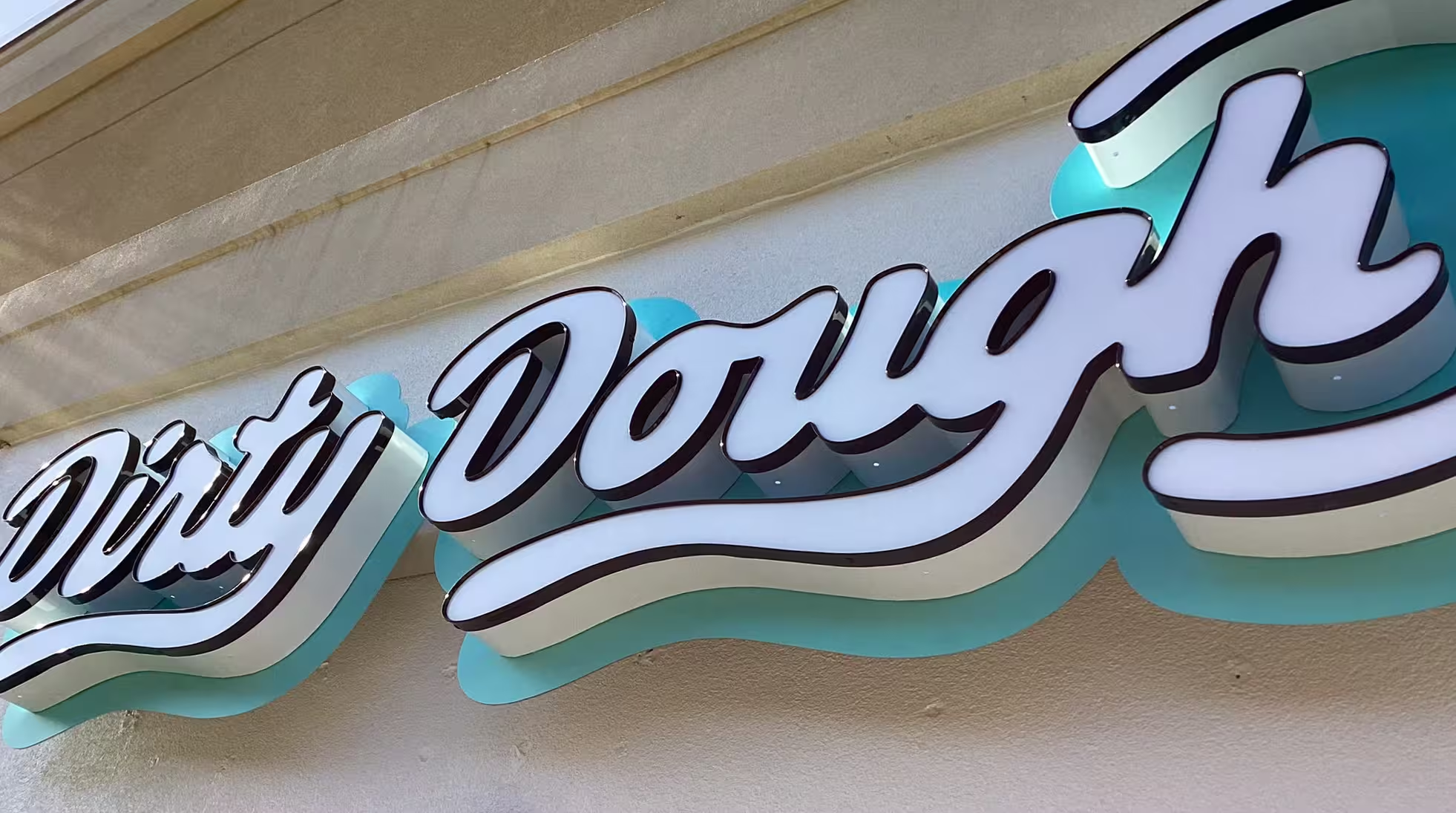
Frequently Asked Questions
Channel letter signs are illuminated 3D letters that are mounted to a wall or facade. They are considered one of the more premium sign products available.
- FACE-LIT: The light source inside the letter shines through the front face, typically made of translucent acrylic. This creates a clear and bright illumination of the letter itself, making it a popular choice for storefronts and other businesses.
- HALO-LIT / reverse-lit / back-lit: The light source shines from behind the letters, creating a glowing halo effect on the wall behind. Instead of light shining through a translucent face, the light is emitted from the back, reflecting off the mounting surface to produce a soft, elegant glow.
- EDGE-LIT: Letters have an opaque face and translucent sides (aka returns), allowing the light source to shine through the sides to create a sharp contrast with the face and subtle glow around each letter. Edge-lit letters often feature a sleek, modern look and are frequently used in retail and corporate settings.
- Channel letter fabrication involves several main components – the faces, the backs, the sides (returns), the LED modules, and the trim caps.
- The faces and backs are often made from poly-carbonate and aluminum, respectively. Both are cut with a CNC (Computer Numerical Control) router. Vinyl can be applied to the poly-carbonate faces to match any desired color.
- The sides (returns) are made by bending a thin coil of aluminum, either with a machine or by hand, which is usually 1-5″ in depth. The returns are commonly secured to the aluminum backs with rivets. The faces are secured by a thin piece of plastic called the “Trim Cap,” which follows the contour of each letter.
- The LED modules are secured to the aluminum back of the letters, which allows the light to shine through the poly-carbonate face (for front lit letters).
While there really is no limit to the maximize size, the smallest letter height varies by the construction material and the stroke width of the font to allow sufficient size to house the internal lights. Face-lit and edge-lit letters are typically at least 9” tall to be readable from a distance, while halo-lit letters can get as small as 3”. Elmark Sign Company's design team can help identify the desired reading distance and translate that into the necessary channel letter sign size for a given font.
- RACEWAY: A rectangular metal box, typically made of aluminum, that serves as a mounting structure and an enclosure for the electrical components of a channel letter sign. It provides a stable platform to attach the channel letters to the building, often requiring fewer mounting holes than individual letter mounting. Raceways are usually painted to match the wall’s façade, making them less noticeable and allowing the channel letters to stand out.

- PAN: A typically rectangular enclosure or housing that serves as a background to the letterset. Instead of directly attaching the individual letters to the building, the letters are first mounted to a metal pan. The pan acts as a backing for the letters, concealing components like LEDs, wiring, and power supplies, protecting them, and allowing for even illumination of the letter faces.
- FLUSH STUD MOUNTED: An installation approach where channel letters are flush-mounted or directly mounted to the wall’s surface. This involves attaching each letter directly to the wall, requiring anchor points and wiring for each letter. Installers generally need access to the back of the wall where they make holes to combine the wires and connect them to a dedicated electrical circuit.
- There are two main benefits to using a raceway – ease of installation and a reduced number of penetrations (drill holes) into the building.
- Raceway installations generally involve drilling 4-8 holes into the building, as compared to flush stud, or direct mounted letters, which often require 4 or more holes per letter. Many landlords require raceway mounting to limit the number of drill holes into their building.
- From a financial standpoint, adding a raceway will certainly add to the cost of the sign. However, it should also reduce the time/labor required for the installation.
In one word – illumination. Channel letters are illuminated while dimensional letters are not. Because of this, channel letters are generally deeper, as the aluminum “can” structures must be deep enough to hold the LED modules. Click the following links for more information on dimensional letters (3D letters).
Yes, channel letters are often used for interior signage in lobbies, reception areas, and retail spaces to create a professional and eye-catching display. While commonly found on building exteriors, channel letters offer a versatile signage solution for both indoor and outdoor applications.
Yes, according to the National Electrical Code, lighted signs generally require their own dedicated branch circuit. This ensures a continuous power supply and prevents overloading other circuits.
Channel letters are considered premium signage products and tend to be expensive. The cost of a channel letter will vary widely, based on the materials, complexity and size. The average cost of a single 12″ high channel letter will range between $300-$500.
The average turnaround time for channel letters is 3-6 weeks.
Our Signs
Explore custom signs by category and see what's possible.
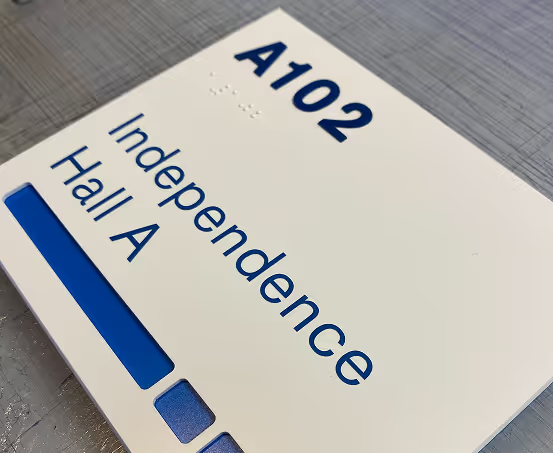
ADA & Braille Signs
%201.avif)
Acrylic Panel Signs
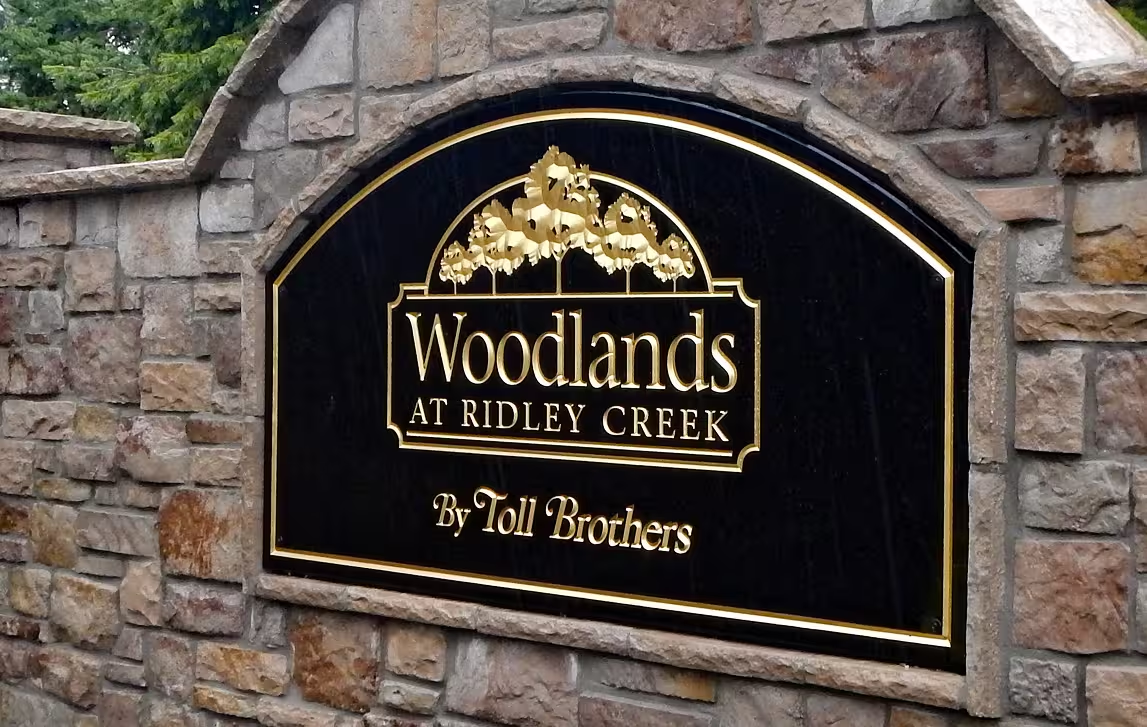
Carved Signs
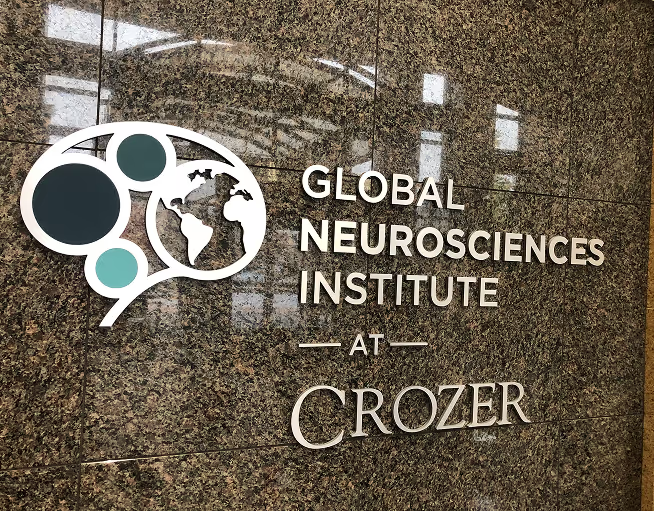
Dimensional Letters
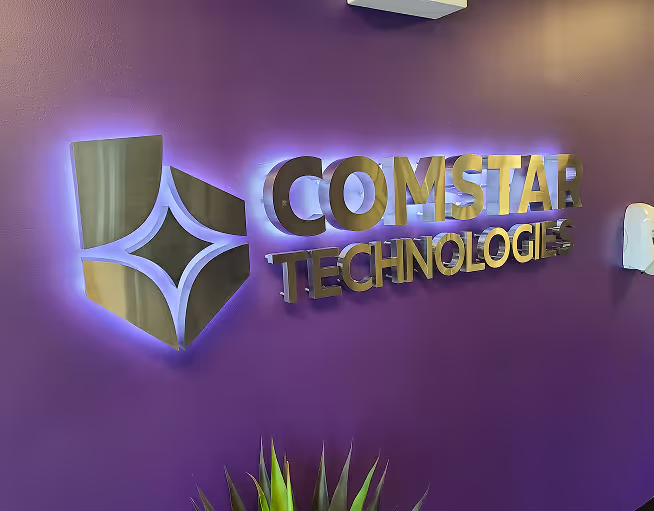
LED Illuminated Signs
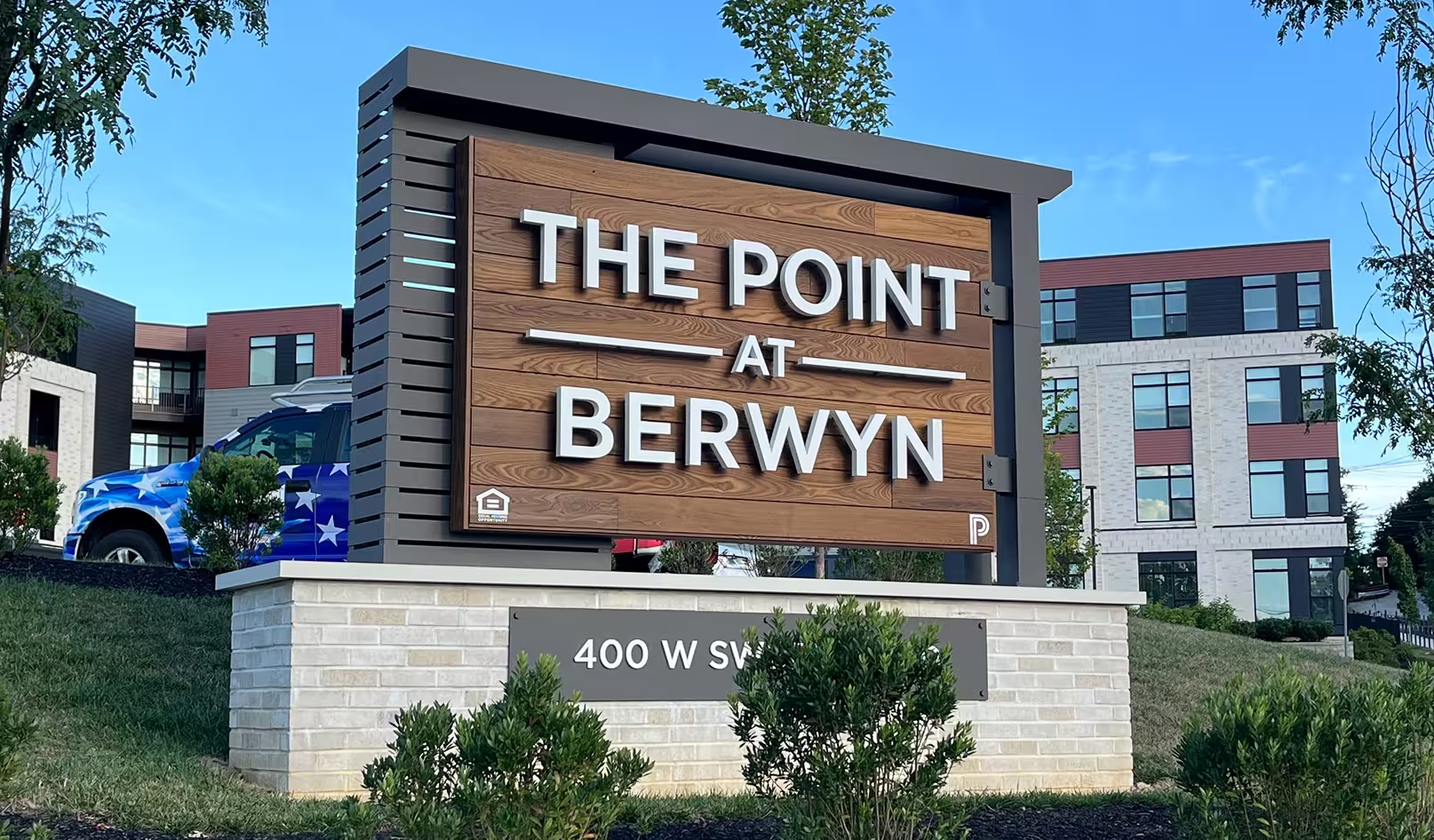
Monument Signs
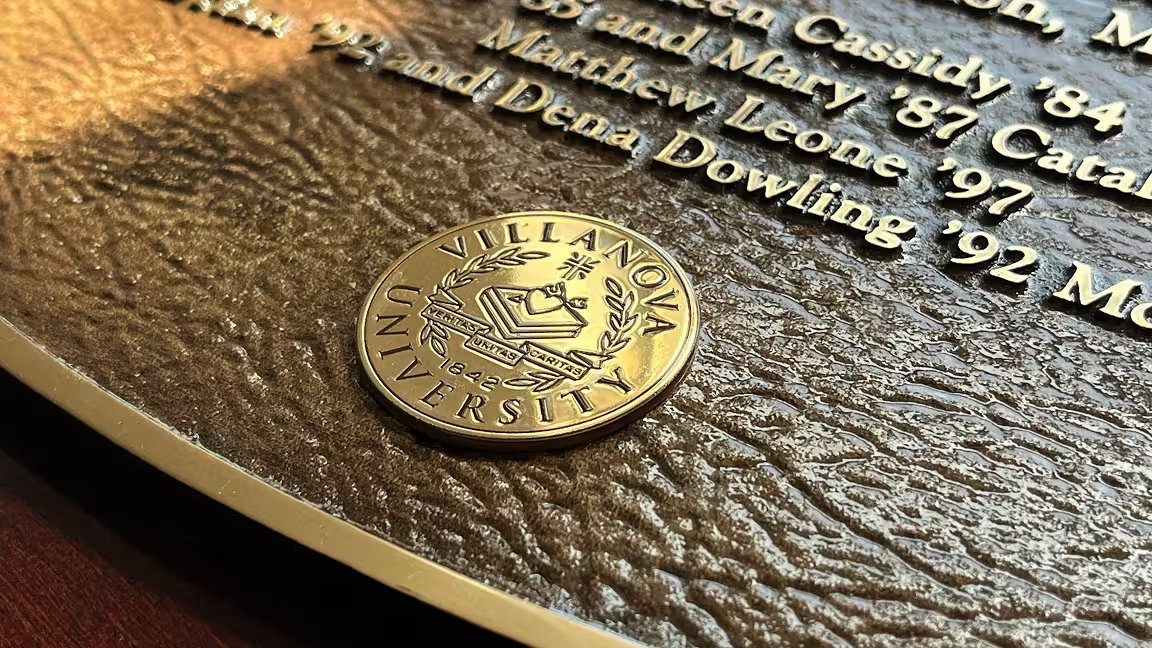
Plaques
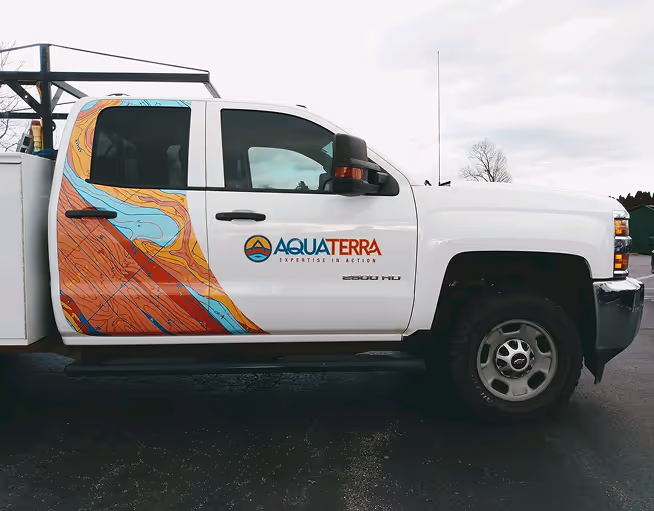
Vehicle Wraps & Lettering
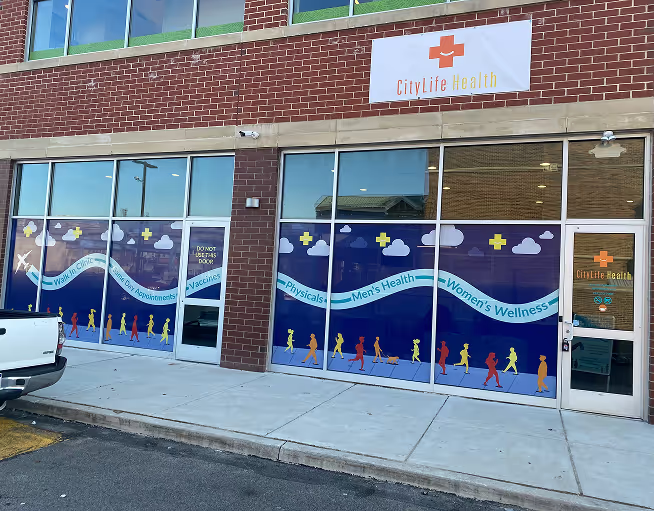
Wall & Window Vinyl
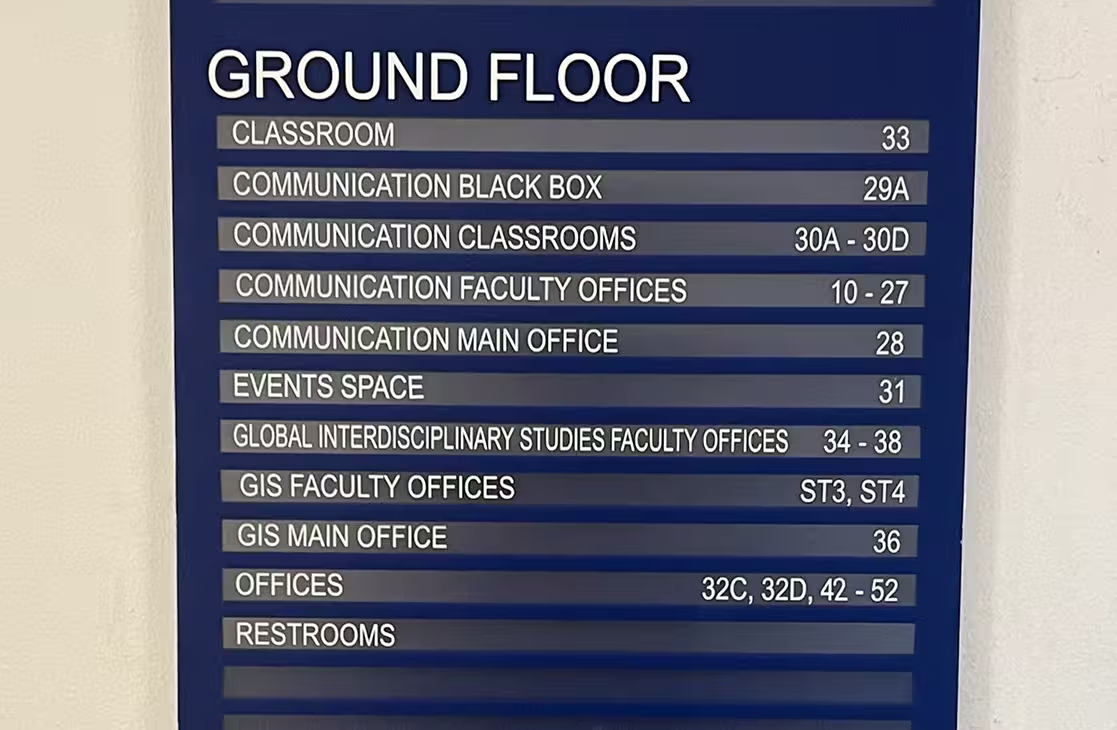
Wayfinding Signs
Let Us Make Your Perfect Sign
Toll free
+1 (800) 355-SIGN
Headquarters
- Philadelphia – West Chester PA
- 307 Westtown Road,
- West Chester, PA 19382

Tell us about your project

.avif)
.avif)
.avif)
.avif)
.avif)
.avif)
.avif)